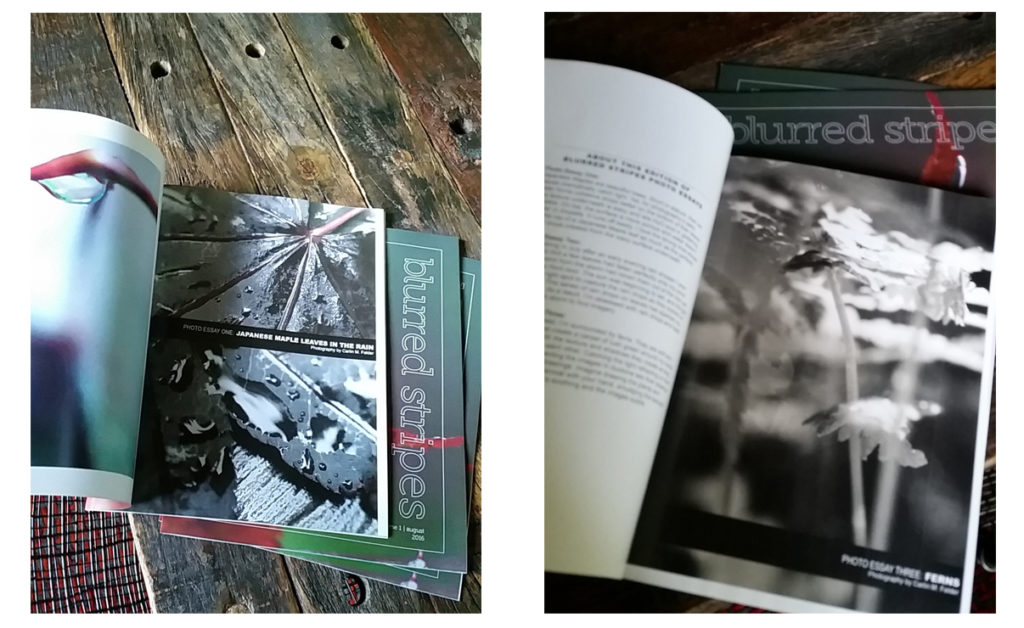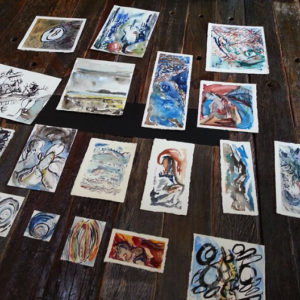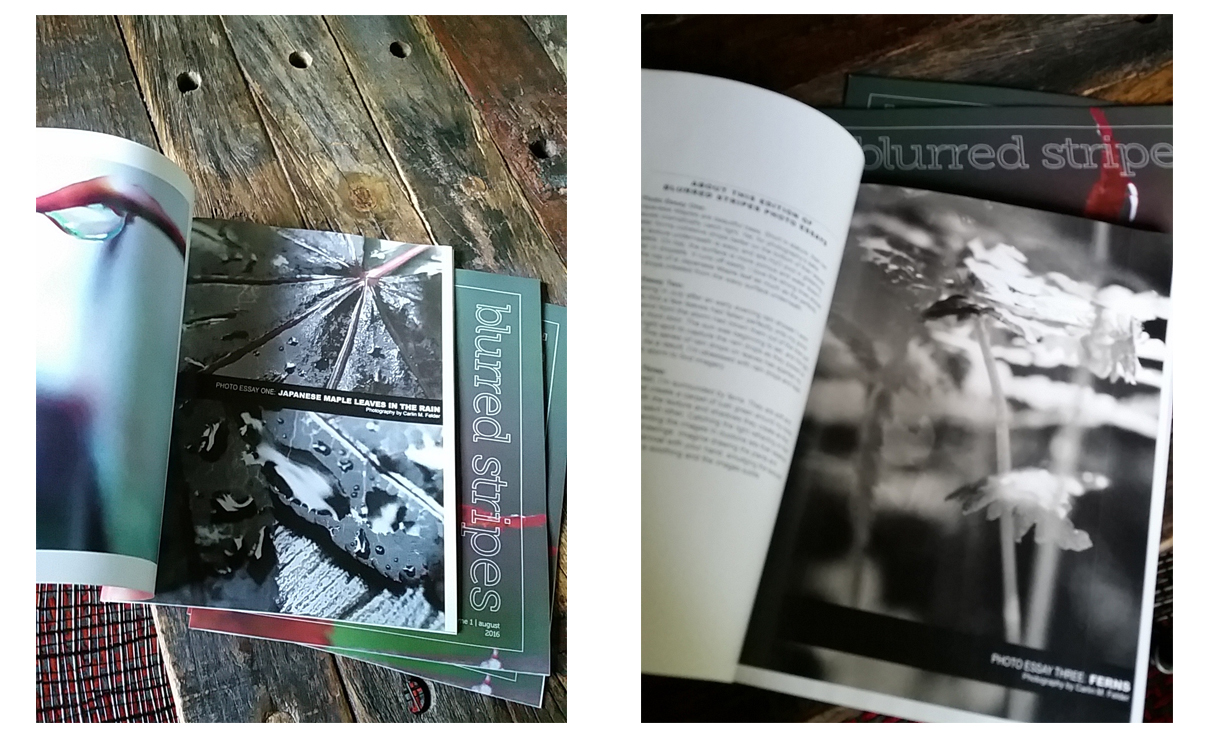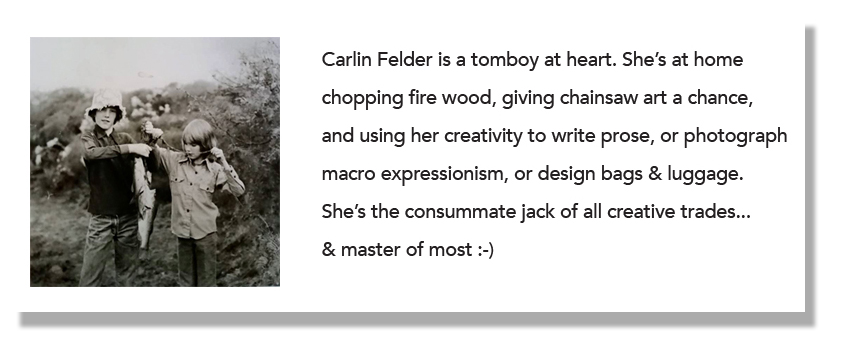Photography Projects: Focusing on One Concept at a Time

Photography Projects: Focusing on One Concept at a Time
Most new photographers set out to take photos of whatever crosses their path at that moment in time.
We’ve all been there, trying to figure out what to shoot… what would “look cool”?
What would look like “my favorite Instagram photographer’s work”?
And, that’s all good – for beginner photographers.
That’s part of the process of being/becoming an artist, a photographer, and an explorer.
A photography explorer has to find their way, uncover what resonates with them and snap a shit-ton of photos along the way!
But after a while, every photographer starts to feel drawn to a specific genre, a specific look, a specific filter preference for post production, specific lighting effects, and a favorite time of day to shoot.
The more work you produce as a photographer, the more you will find your own voice and grow into your work.
Why Focus on a Photography Project or Theme?
Focusing on a photography project theme helps you build a body of work So You Can grow as an artist.
A photography theme helps you discover different ways of looking at the same idea.
A photography theme forces you to get creative and discover angles, vantage points, camera settings, lighting and other elements that will push you out of your comfort zone with your subject matter.
A photo project theme can push you to think outside of the box you normally put your work into and discover other photographers who have shot the same theme (this requires some research), and explore your camera settings to achieve better results day after day.
Photography projects can also give you limitations and guides to help you stay on a path without falling into the trap most beginner photographers fall into – shooting EVERYTHING that crosses their path.
If you decide upon a theme for the week or month, you can pursue the theme with unrelenting passion.
Tim Gilbreath from Photodoto.com said it well:
A photo theme simply means creating a set of photographs that are related in some way, whether it be through subject, color or other recurring pattern. The beauty of doing this is that you are not required to constantly come up with a new subject or idea for each consecutive photo; once a theme’s subject has been established, you only need to find new instances of that subject. This forces you to think along one idea path and allows you to forget about the subject altogether and concentrate on what’s really important…taking an interesting and thought-provoking photo.
How to Set Up Your Shots:
 I studied painting and drawing in college.
I studied painting and drawing in college.
My specific area of study was water-color and mixed media on paper.
My inspiration was the abstract expressionists, color field painters like Mark Rothko and sculptors like Henry Moore.
My watercolor professor, Rob Erdle, taught us to think of including 3 things in our work that set it apart. Don’t just paint a tree in a field… think of the lighting, the scenery, the abstractness, the mood, the time of day, the feeling you want to convey with the tree in the field, and so on.
Don’t just paint a tree… give it a personality, convey a feeling, create a mood.
The same is true for photography.
When creating photos, think of 3 things that will make your photo have more meaning than a simple snapshot of a location, person, subject, etc.
Don’t just see something “cool”, stand in front of it, and take a snapshot. Anyone can do that… those photos are printed out at CVS and passed around at family reunions every summer.
Ask yourself if you can do more with the lighting, the vantage point, the mood, or the lens choice.
Can you remove unnecessary background noise in your photos by adjusting your relationship to the subject?
And most essentially, what can you do with the story?
Affecting more than where your feet are planted will elevate your work and move you toward fine art photography.
What story are you telling in your photography project?
The story is up to you… it doesn’t mean you have to create a narrative with people.
The story can be the location or relationship of objects to each other or the effect in the final output (like the photos at the top of this article which have been rendered in duo-tone and shot as abstracts).
How does your environment change with light or time of day?
Can you create a series of photos that play off of each other by showing the same scene in a different way?
Try to keep in mind 3 things that will make your photos really pop.
When you look at your photography project ask yourself if there are 3 things that make your work have more meaning. If not, push yourself to explore how to add meaning and depth to your project.
Now that you have a concept of how to approach your photography project, go forth and conquer your world.
Need more inspiration? Brooks Jensen will inspire your work. Pick up one of his books to elevate your photography mind!

